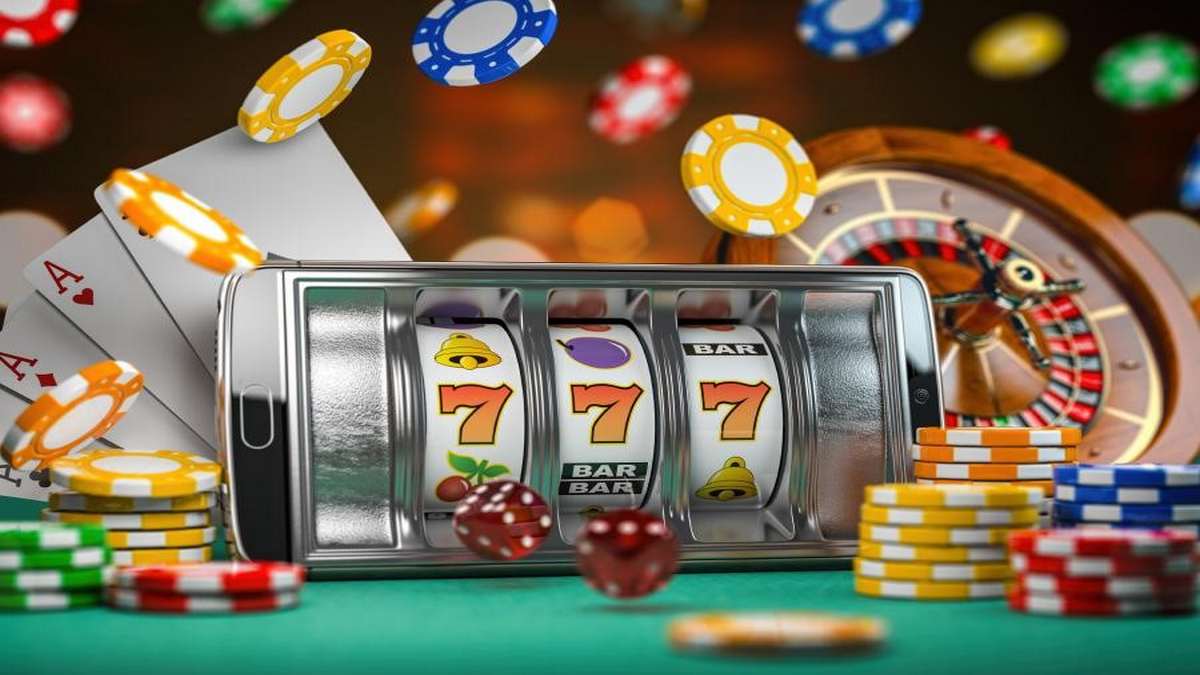
For those who have ever been to a casino, the sight and sound of slot machines is unmistakably enchanting. Whether it’s the old-fashioned lever-pulled machines or the digital touch screen versions, the suspense of waiting for those reels to align is palpable. But what are the intricate details that govern this captivating casino game?
Firstly, it’s essential to understand that slot machines, regardless of their design, operate based on complex algorithms and computerized mechanisms. A pivotal component is the Random Number Generator (RNG). This piece of software ensures that each spin’s outcome is truly random, offering all players a fair chance at hitting the jackpot.
The RNG Unveiled
The heart of any slot machine is its RNG. As its name suggests, it’s responsible for producing unpredictable sequences of numbers continuously, even when the machine isn’t being played. These sequences, in turn, correspond to specific symbols on the reels. When a player pushes the spin button or pulls the lever, the latest sequence of numbers is used to determine the spin’s outcome.
However, contrary to common belief, the RNG doesn’t make it more challenging to win after a jackpot or easier after a long losing streak. It’s all about probability and mathematics.
Payouts and Percentages
Slot machines aren’t simply designed to entertain, they are meticulously calibrated to ensure a specific Return to Player (RTP) ratio. The RTP percentage denotes the portion of the total money fed into a machine that’ll be returned to players over time. For example, if a slots casino machine has an RTP of 95%, it suggests that, theoretically, for every $100 fed into it, the machine will pay back $95 over its lifespan.
However, this doesn’t mean every player will witness this return. The nature of gambling involves some winning more while others win less. The RTP is an average taken over a considerable length of time and countless spins.
Design and Psychology of Slots
At the intersection of technology and design, there’s a fascinating science to the colors, sounds, and animations of slot machines. Every minute detail, from the hue of the symbols to the celebratory chimes of a win, is meticulously curated to foster a sense of excitement and anticipation. The intention is to provide a captivating user experience, encouraging them to play longer and, by extension, spend more.
It’s notable that the psychology of slot machines goes beyond superficial design elements. Many machines employ what’s known as a “near-miss” design. This concept sees players almost achieving a substantial win, with only one symbol out of place. It creates a sense of just missing out, fostering a belief that a big win is imminent.
From Mechanical to Digital
Historically, slots operated purely mechanically. Coins would be deposited, activating the machine, and internal gears would control the spin and outcome. However, as technology advanced, these gears were replaced with digital processes, giving birth to video slots in the late 20th century.
Today’s slot machines, particularly in well-established casinos, merge the best of both worlds. Players can engage with touch screens, bonus games, and even virtual reality. Yet, at their core, the principles remain rooted in the RNG algorithms and the foundational psychology crafted over a century ago.
While slot machines may have evolved considerably from their humble beginnings, the allure they offer remains timeless. Whether you’re a seasoned player or a novice, understanding the intricacies behind the spin only adds to the allure of the game.



